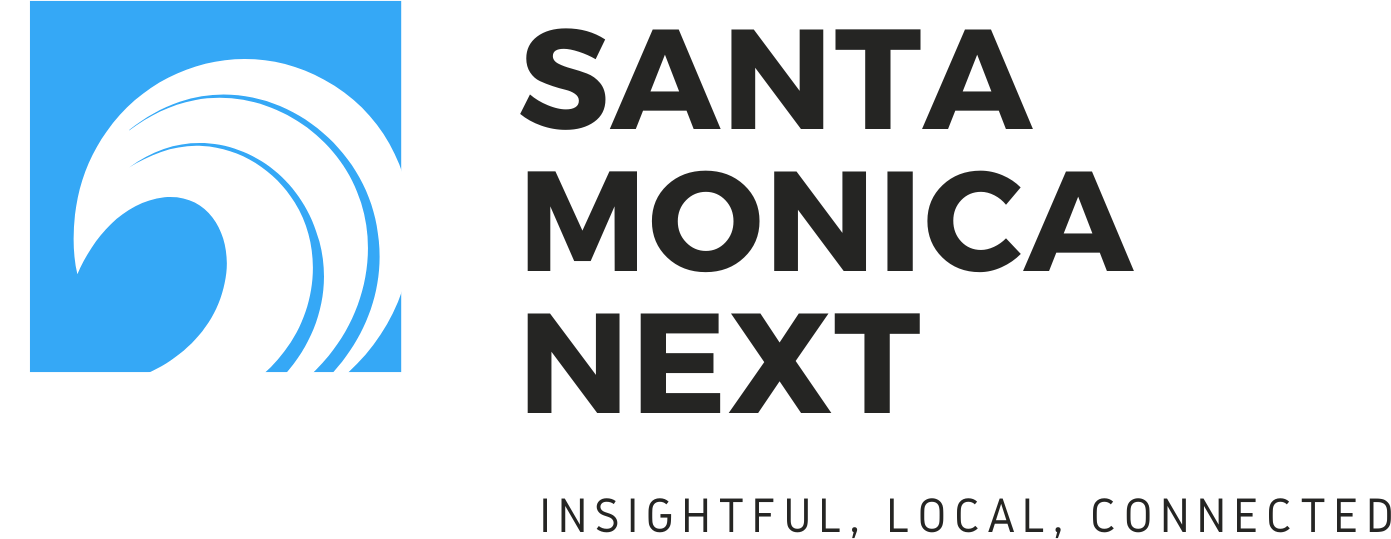The city’s General Fund isn’t the only budget forcing the Santa Monica City Council to make some tough decisions.
On Tuesday night, the council heard from staff and discussed options to close a deficit in funding the city’s water infrastructure while also investing in strengthening it.
The Department of Public Works’s Water Resources Division provides drinking water, wastewater collection, and recycled water to homes and businesses throughout the city. Water and Wastewater Enterprise funds endow these services outside of the General Fund and are evaluated every five years for their ability to, according to a staff report:
- “Supply high-quality drinking water for potable use
- Maintain routine operation and maintenance of the water distribution and wastewater collection infrastructure
- Implement capital improvement program (CIP) projects for system resiliency and reliability
- Advance sustainable water management efforts (e.g., water conservation and sustainable groundwater management)
- Comply with Proposition 218 requirements to ensure cost of services are properly allocated amongst user classifications and rate tiers.” (charges for water and wastewater services must not exceed the proportional service cost attributable to each parcel or customer).
The deficit facing the Water Enterprise Fund from 2019-2020 to 2023-2024 stands at $18.5 million, with the 2024-2025 fiscal year expected to add $5 million in the red.
Rate adjustments are an inevitable reality needed to ensure the “reliability and resiliency” of our water system as well as to keep up with escalating costs that come with providing water infrastructure to a city of our size and business needs.
City staff presented two rate options for the council to provide feedback.
Option One would have staff seek outside grant support coupled with low-interest loans to fund around half of all programs, which would include rehabilitating four potable water reservoirs in the city. The city would also replace its aged water operations center and a water quality lab. This option would call for rate increases in each of the next five years:
- Year One: 20%
- Year Two: 16%
- Year Three: 9%
- Year Four: 9%
- Year Five: 6%
The particularly higher rates in the first two years will help replenish water fund reserves from the $5 million shortfall in the current fiscal year.
The four water reservoirs would need to take turns being revitalized so that the other three will be available for emergency uses at any given time. Over the 8-10 years of this process, the cost is estimated at around $80 million.
Option Two is intended to minimize the rate adjustments by deferring the reservoir rehabilitation and new water operations center and water quality labs to future rate study cycles (the next being fiscal 2030-2031 to 2034-2035). This option’s rate increases for the next five years would be:
- Year One: 11%
- Year Two: 9%
- Year Three: 7%
- Year Four: 6%
- Year Five: 6%
City staff and consultants hired by the city to conduct the five-year study favor Option One, pointing out that the existing potable water reservoirs, water operations center, and water quality lab are all more than 60 years old.
Presenting the proposed options before the council, Sunny Wang, the Water Resources Manager for the city, warned that a failure to fund the potable water reservoirs rehabilitation puts that emergency water supply at seismic risk. He also added that deferring infrastructure improvements will always be met by higher costs later.
Councilmember Barry Snell moved the adoption of Option One which was seconded by Councilmember Natalya Zernitzkaya.
In support of the motion, Mayor Pro Tem Caroline Torosis said, “As the climate crisis intensifies, and as we know how important it is to have safe, clean potable water, we have to invest in making sure we have a system that has all the capital improvement projects funded, all the reservoirs rehabilitated.” She added that she feels Santa Monica sets the gold standard for water quality and hopes the public can appreciate the granular level of detail going into the rate adjustments and capital improvements.
Option One was adopted by a unanimous voice vote, 7-0.
